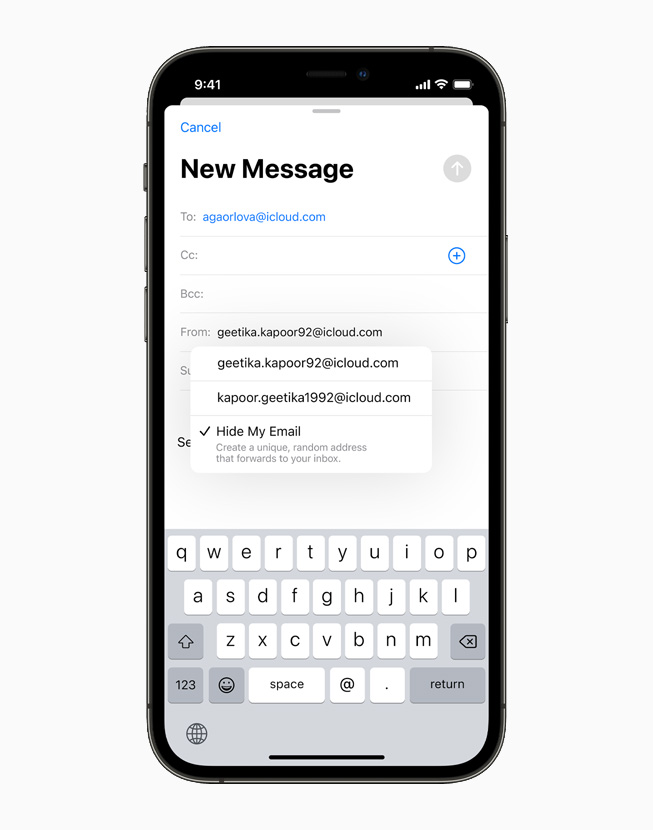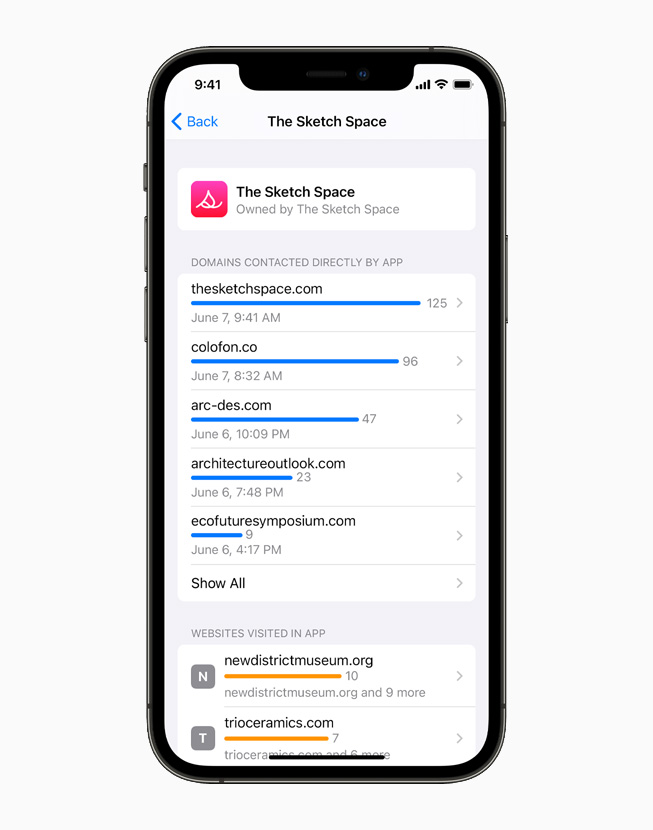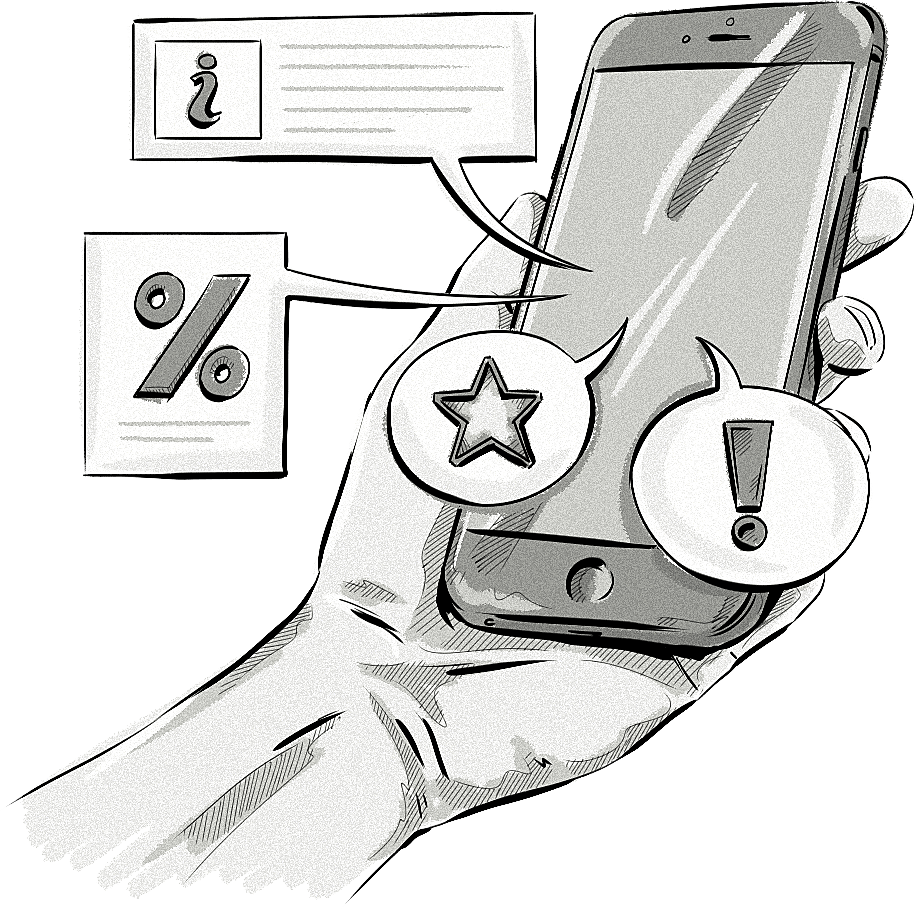In June 2021, Apple introduced a new set of privacy changes to its iOS mobile operating system that have impacted the programmatic advertising industry.
Since then, Apple’s mobile operating system has been updated several times to enhance user privacy.
In this blog post, we describe the changes that have challenged programmatic advertising and AdTech since iOS 15.
Privacy Changes Since iOS 15 (2021)
Apple has always placed a strong emphasis on user privacy and security. Over the past few years, the iOS system has undergone significant privacy-focused transformations.
Here are the changes that reshaped how advertisers and app developers interact with user data:
2021: Mail Privacy Protection, Private Relay, Hide My Mail, App Privacy Report
Mail Privacy Protection
At WWDC 2021, Apple unveiled Mail Privacy Protection in iOS 15. This feature prevents email senders from using invisible pixels to identify when a user opens an email. It also masks a user’s IP address so that it can’t be used to determine their location or linked with other online activity.
Mail Privacy Protection disrupted how email automation and MarTech tools work as they aren’t able to report on open rates. The feature made it harder for marketers to measure email engagement and gather location data through email interactions.
Private Relay
Private Relay encrypts the traffic between the Safari browser and the website a user is visiting. Nobody, not even Apple or the network provider, can read the information being passed.
Here is Apple’s explanation on how its Private Relay works:
All the user’s requests are then sent through two separate internet relays. The first assigns the user an anonymous IP address that maps to their region but not their actual location. The second decrypts the web address they want to visit and forwards them to their destination. This separation of information protects the user’s privacy because no single entity can identify both who a user is and which sites they visit.
These changes further limited advertisers’ ability to gather data for targeted advertising.
Hide My Mail
The Hide My Mail feature allows users to use a unique and randomly generated email address instead of using their actual email address.
The newly generated email address forwards to the user’s personal email address and users can create and delete as many “hidden” email addresses as they like.
The Hide My Mail feature threw a spanner in the works for ID graphs and ID solutions built around email addresses.
The feature also gave users control over a piece of deterministic data shared with apps and services, making first-party data collection practices impossible for advertisers.

App Privacy Report
With App Privacy Report, users gained a view on how frequently an app has utilized their previously allowed permissions to access some data pieces, including their location during the last seven days.
The feature introduction also enabled users to disclose the domains contacted by each app, including those of third-party ad networks and trackers.
The App Privacy Report made users more aware of which apps are tracking their activities and sharing data with third-party advertisers, challenging data-driven advertising.

2022: Advanced Data Protection
Advanced Data Protection
In 2022, Apple continued to restrict unauthorized data accessibility by introducing the Advanced Data Protection.
This feature extends end-to-end encryption to more categories of iCloud data, including backups, photos, and messages, and even Safari bookmarks, enhancing privacy and limiting advertisers and marketers possibilities to build user profiles for targeted advertising.
The feature reduces the effectiveness of traditional AdTech strategies that depend on rich data access.
2023: Safari Private Browsing, Link Tracking Protection, App Privacy Improvements
Safari Private Browsing
In 2023, Private Browsing in Safari gained a new dimension of privacy — the web browser locks when in private mode and when not in use.
This enhancement gave users more protection against web trackers and fingerprinting, as well as have prevented websites from using the latest techniques to track or identify a user’s device.
The feature limits unethical data collection practices and identification methods.
Link Tracking Protection
To further limit cross-site tracking, Apple removed extra information added by some websites to their URLs that allowed for tracking users.
The Link Tracking Protection was introduced to Messages, Mail, and Private Browsing in Safari.
The feature impacts cross-site tracking and challenges data-driven advertising.
App Privacy Improvements
App developers gained new tools to acquire more information about the data practices of third-party software development kits (SDKs) they use in their apps.
Thanks to this, developers can now provide more accurate Privacy Nutrition Labels and add another layer of protection against third-party abuse.
2024: AdAttributionKit
The year 2024 brings a refreshed ad attribution framework. Till now, Apple has used SKAdNetwork for privacy-preserving app ad attribution and Private Click Measurement (PCM) for the web. However, with the release of iOS 18, these frameworks will be replaced by the AdAttribution Kit.
App AdAttributionKit and Web AdAttributionKit, falling under the umbrella of AdAttribution Kit, are built on the functionality of SKAdNetwork and PCM. With the refreshed solutions, advertisers can see when users open their app after downloading it and measure the return on ad spend (ROAS) of specific campaigns.
The way the new framework operates is simple:
The publisher app requests ads from the ad network. Ads are delivered in a compact, secure format known as JWS (JSON Web Signature). Ads can be shown in various ways, such as clickable banners, video ads, or recommendations within an app. When users interact with ads (viewing or clicking), these interactions are recorded by the app using the AdAttributionKit APIs.
The path of an ad impression that receives ad attribution is shown below. When an app shows an advertisement, the ad network serves it. By tapping the advertisement, a user installs the promoted app.
Postbacks are sent to the winning ad network.
- One ad network receives a postback with a did-win parameter value of true for the ad impression that wins the ad attribution.
- If their ad impressions qualify for the attribution but don’t win, up to five other ad networks receive a postback with a did-win parameter value of false.
Using ATT isn’t necessary before calling Ad Attribution APIs, and these APIs can be called regardless of their tracking authorization status.
When SKAd Network and PCM were introduced, a small positive change was visible, as advertisers gained the ability to verify and validate the conversion data themselves.
Intelligent Tracking Prevention (ITP)
Since coming into force in September 2017, Intelligent Tracking Prevention (ITP) has gone through a number of updates to strengthen user privacy and prevent cross-site tracking.
One of them is adding a feature that hides a user’s IP address from trackers.
Many advertisers and publishers have turned to contextual targeting in Safari as many other targeting methods like audience targeting and retargeting are no longer viable, but even contextual targeting is harder to run with this change.
The reason for this is that a user’s location is one of the main pieces of information used in contextual targeting, and the main way a user’s location is determined is via their IP address.
How Can You Learn About Privacy Changes on iOS?
Apple offers a variety of platforms where you can stay updated on iOS:
iOS Developer Blog
- Apple Developer blog: This blog covers a wide range of topics including iOS updates, new features, development tips, and case studies
- Apple’s iOS Developer documentation: This is the primary resource for developers, providing comprehensive guides, API references, and release notes.
Apple Newsroom
- Apple Newsroom: This section of Apple’s website is dedicated to press releases and updates about all Apple products, including iOS. It often includes detailed announcements about new iOS versions and features.
Apple’s Developer Forums and Resources
- Apple Developer Forums: This platform allows developers to discuss and stay updated on iOS and other Apple technologies. It’s a great place to find community insights and official responses.
WWDC (Worldwide Developers Conference)
- WWDC: Apple’s annual conference is a key event for iOS updates and innovations. During WWDC, Apple provides deep dives into the latest iOS developments and upcoming features.







